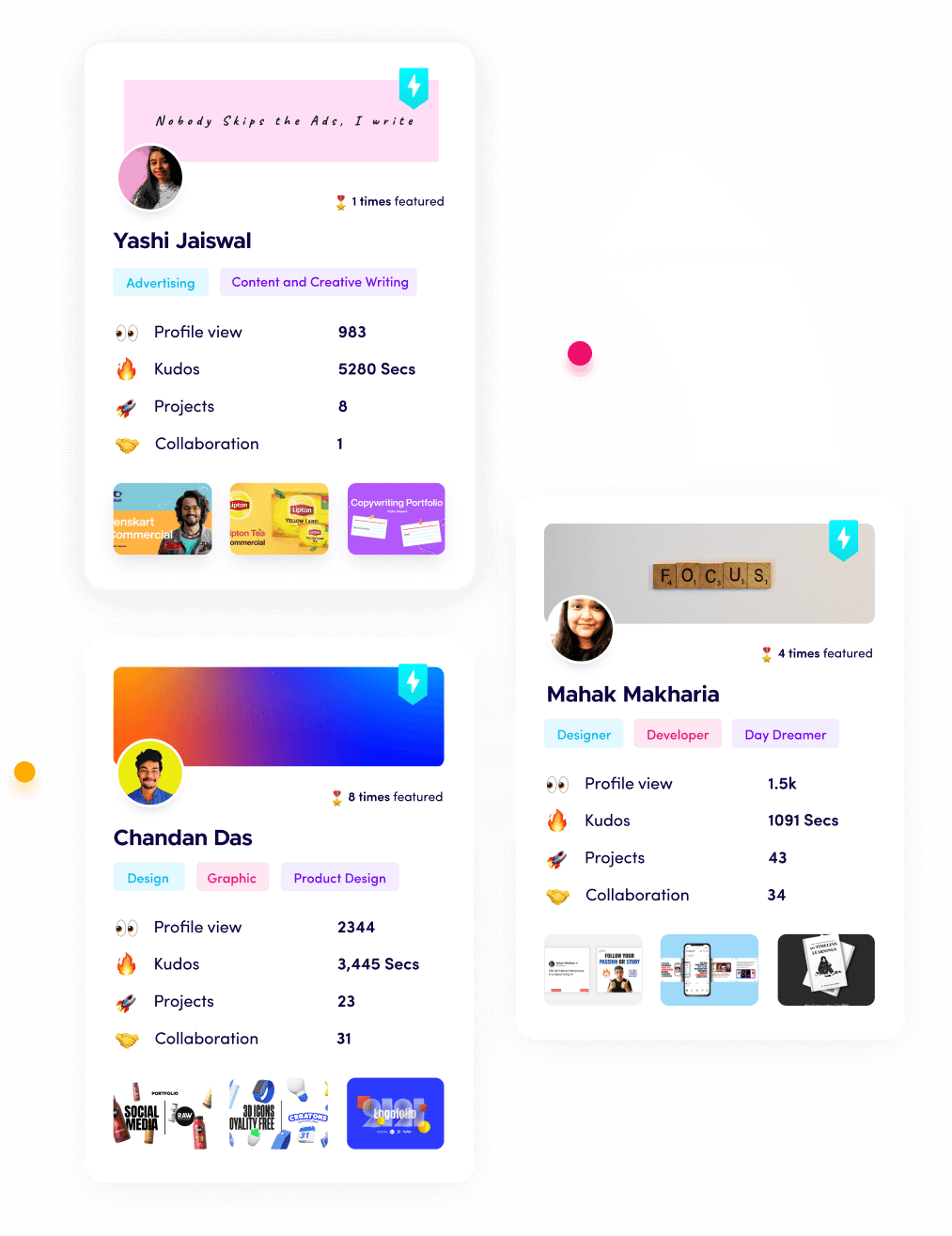The Ultimate Guide to Remote Work in 2025 [Best Practices]

Riten Debnath
20 Apr, 2025
![The Ultimate Guide to Remote Work in 2025 [Best Practices]](https://fueler.io/storage/canvas/images/xDjW7Aey2XbwQ2z4YB7XvpWrlXjWxF5omR9LZXw7.png)
Remote work has become the new normal for millions of workers worldwide. As we move through 2025, organizations and employees continue to refine their approaches to working from anywhere. This guide explores the latest best practices in remote work, focusing on cybersecurity, tools, policies, and balancing flexibility with productivity.
The Remote Work Revolution: By The Numbers
Remote work isn't just a trend—it's a transformation that's reshaping how businesses operate. Companies are now saving an average of $11,000 per employee per year by supporting remote work options. These savings come from reduced office space, lower utility costs, and decreased turnover rates.
Generation Z and Millennials now make up the majority of the workforce, and their expectations have shifted workplace norms. Over 80% of these younger workers consider flexible work arrangements a top priority when evaluating job opportunities.
Securing Your Remote Infrastructure
With employees accessing company data from various locations, cybersecurity has become more important than ever.
VPN Solutions and Beyond
Virtual Private Networks (VPNs) remain essential for secure remote connections, but they're just the beginning. Many organizations now implement multi-factor authentication (MFA) as standard practice. This requires employees to verify their identity through multiple methods before accessing sensitive information.
Security isn't optional in remote work environments. At Fueler, we've found that companies who succeed in remote setups invest heavily in both security technology and employee training. It's all about creating a culture of security awareness. This widespread access makes it critical to have clear oversight of all software in use, ensuring security and compliance aren’t compromised. Implementing an ITAM solution can enhance visibility into the software being used across remote environments, helping ensure everything remains secure, compliant, and properly managed.
Centralized Data Management
Cloud-based storage solutions with proper access controls have replaced the risky practice of storing data on personal devices. Secure MFT solutions add an extra layer of protection by integrating data flows between cloud services and web apps. They can be deployed on-premises, in the cloud, or as SaaS, giving organizations flexibility to transfer files safely. This approach ensures that sensitive information remains protected while still being accessible to authorized team members.
Regular security audits and updates have also become standard practice for remote-first companies. These proactive measures help identify vulnerabilities before they can be exploited.
Desktop as a Service (DaaS): The New Remote Work Standard
Desktop as a Service (DaaS) has emerged as a game-changer for remote work. This cloud computing offering provides a virtual desktop interface accessible from anywhere with an internet connection. If your team uses Microsoft’s service and performance dips, this guide to fixing a slow Azure Virtual Desktop can help.
DaaS solutions offer several advantages:
- Consistent user experience across devices
- Centralized management of applications and updates
- Enhanced security through controlled environments
- Reduced technical support requirements
Tools like DaaS have completely changed how companies approach remote work, Through our work at Fueler, we've seen organizations transform their operations by providing these virtual environments that combine flexibility with security.
BYOD Policies: Finding the Right Balance
Bring Your Own Device (BYOD) policies continue to evolve as companies balance convenience with security concerns. Clear guidelines help employees understand:
- Which personal devices can access company resources
- Security requirements for personal devices
- Data ownership and privacy boundaries
- Technical support expectations
Successful BYOD policies typically include required security software, regular device audits, and clear procedures for when employees leave the company.
Employee Training: The Human Factor in Security
Technology alone can't secure a remote workplace. Regular training programs have become essential in helping employees recognize potential threats like phishing attempts and social engineering attacks.
The human element remains the most vulnerable part of any security system. At Fueler, we emphasize training through real-world scenarios rather than abstract concepts. When people understand how attacks actually happen, they're much more vigilant.
Effective security training programs:
- Use real-world examples and simulations
- Provide clear reporting procedures for suspicious activities
- Offer regular refresher courses as threats evolve
- Create a no-blame culture for reporting potential issues
Measuring Remote Productivity
One of the biggest challenges in remote work has been developing appropriate metrics for productivity. Most successful remote companies have moved away from monitoring hours worked to focus on results and outcomes.
Clear key performance indicators (KPIs) help both managers and employees understand expectations. These might include:
- Project completion rates
- Customer satisfaction scores
- Revenue generated
- Quality metrics specific to the role
Through Fueler's assignment-based hiring platform, we've seen that measuring what people actually produce gives a much better picture than tracking when they're at their desk. The best remote teams focus on output, not input.
Work-Life Balance in a Remote World
The blurring of boundaries between work and personal life remains one of the biggest challenges for remote workers. Companies are addressing this through:
- "Right to disconnect" policies that establish clear working hours
- Mental health resources and support
- Mandatory vacation time
- Regular check-ins about workload and burnout
The companies winning the talent war are those that genuinely care about wellbeing. At Fueler, we encourage companies to include wellness metrics alongside performance indicators. Happy employees are productive employees."
Building Culture in Virtual Environments
Company culture doesn't happen automatically in remote environments—it requires intentional design. Successful remote organizations create connection through:
- Virtual team-building activities
- In-person retreats when possible
- Recognition programs that celebrate achievements
- Clear communication of company values and mission
Culture isn't about ping pong tables or office snacks. It's about creating shared experiences and values. Through Fueler, we've seen companies build amazing remote cultures by focusing on meaningful connection rather than trying to recreate office environments virtually.
The Future of Remote Work
As we look beyond 2025, remote work will continue evolving. Emerging trends include:
- Hybrid models that balance remote flexibility with in-person collaboration
- AI-powered productivity assistants to help with task management
- Virtual reality spaces for more immersive collaboration
- Four-day workweeks and other alternative scheduling approaches
The organizations that thrive will be those that remain adaptable, continuously gathering feedback from employees and adjusting their remote work policies accordingly.
Frequently Asked Questions
What are the best cybersecurity tools for remote teams in 2025?
The top cybersecurity tools include enterprise VPN solutions like NordLayer and Perimeter 81, zero-trust network access platforms such as Zscaler and Twingate, endpoint protection software like CrowdStrike and SentinelOne, and secure password managers such as 1Password and Bitwarden. Most companies now use a combination of these tools rather than relying on a single security solution.
How can managers effectively measure remote employee performance?
The most effective approach combines clear outcome-based metrics (completed projects, sales targets, customer satisfaction scores) with regular check-ins about process and challenges. Avoid monitoring software that tracks keystrokes or takes screenshots, as these undermine trust. Instead, focus on results and provide the support employees need to achieve them.
What is Desktop as a Service (DaaS) and why is it important for remote work?
Desktop as a Service (DaaS) provides virtual desktop environments hosted in the cloud that employees can access from any device. It's important because it ensures consistent security controls, simplifies IT management, allows work from any device, and makes onboarding and offboarding more efficient. Popular providers include Amazon WorkSpaces, Citrix Virtual Apps and Desktops, and VMware Horizon Cloud.
How much can companies save by implementing remote work policies?
Companies save an average of $11,000 per employee annually through remote work, with savings coming from reduced office space (40-60% of the total), lower utility and maintenance costs (15-20%), decreased turnover (10-15%), and increased productivity (10-15%). Additional savings come from reduced business travel, lower office supply expenses, and decreased absenteeism.
What are the essential components of an effective BYOD policy for remote workers?
An effective BYOD (Bring Your Own Device) policy must include clear security requirements (required software, update policies, password standards), device registration procedures, acceptable use guidelines, support limitations, data ownership clarification, and specific procedures for when employees leave the company or devices are lost. The policy should balance security needs with employee privacy concerns.
What is Fueler Portfolio?
Fueler is a career portfolio platform that helps companies find the best talents for their organization based on their proof of work.
You can create your portfolio on Fueler, thousands of freelancers around the use Fueler to create their professional-looking portfolios and become financially independent. Discover inspiration for your portfolio
Sign up for free on Fueler or get in touch to learn more.


